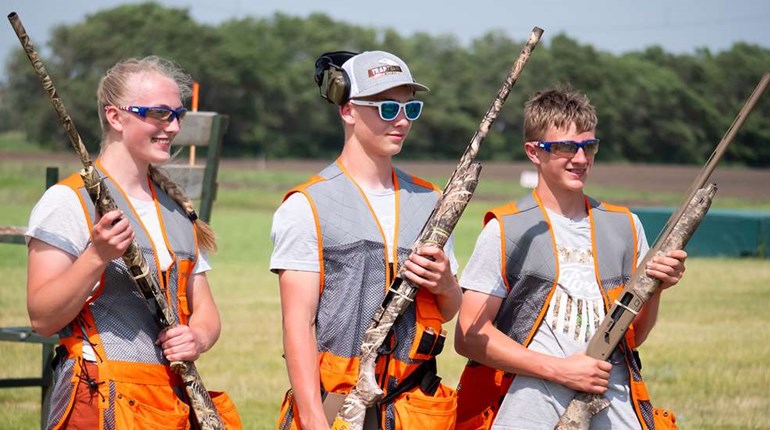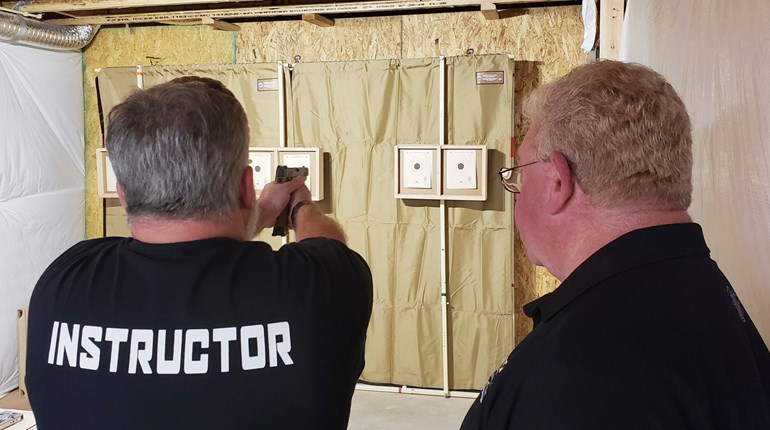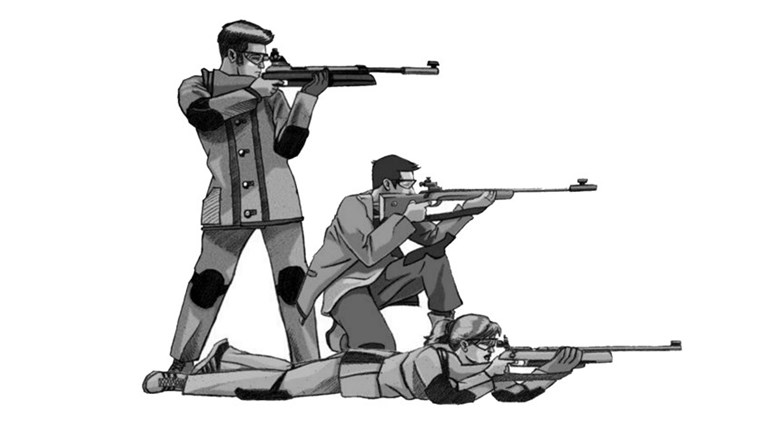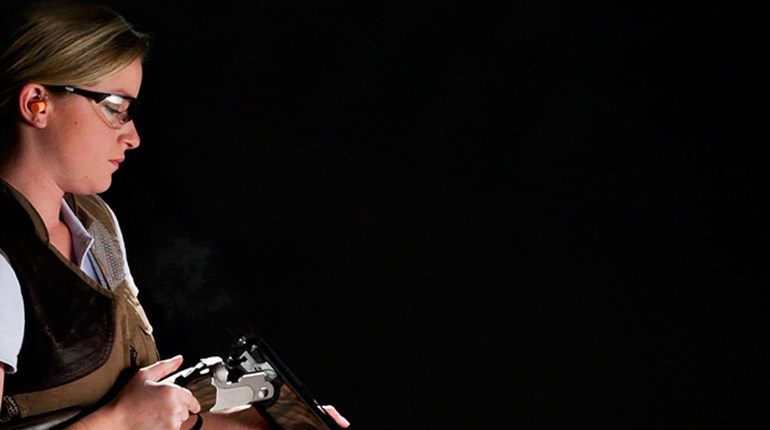
From clay target shooting to hunting, the versatile firearm known as the shotgun is a favorite of gun enthusiasts and collectors around the world. Shotguns first made their presence in the mid-1700s and were basically a type of muzzleloader. These early shotguns were used when pilgrims first came ashore in the "New World." When shotguns were first appeared, there were only two kinds: the blunderbuss and musket. The smooth bore of the shotgun is one thing that differentiates the firearm from a rifle. What also makes a shotgun different from a rifle is that it generally fires a number of projectiles, called "shot," rather than the single projectile which the rifle uses. (The exception, of course, is the slug, which is a single projectile that can be fired from a shotgun.) The term Shotgun was first used in 1776. Since then, shotguns have evolved into several different action types which include: break- or hinge-action, semi-automatic, pump-action, lever-action and bolt-action.
A shotgun consists of three main parts: the stock, the barrel and the action. The stock consists of the butt, comb, grip and forearm. The butt of the gun is the rear end of the gun that is placed into the shoulder when shooting. The comb of the shotgun is the part of the stock that is placed against the cheek when in a shooting position. The grip is the part that the trigger hand holds the stock with, and the forearm is the part of the gun that sits underneath the barrel and is held by the non-trigger hand. The barrel is the metal tube where the shot passes through. The inside of the barrel is called the bore, which is what is measured to determine what gauge your shotgun is. And lastly, the action is all of the moving parts of the shotgun that allow you to load, fire and unload.
The break-action shotgun is the simplest to operate and the most common action used for clay target shooting. Break-actions consist of either an over-under barrel or a side-by-side barrel configuration. An over-and-under is just what it sounds like: two barrels stacked on top of one another. Similarly, side-by-sides feature barrels that sit parallel to one another. Side-by-side shotguns are not as common as the over-under. Generally, side-by-side shotguns have two triggers; each one is specified for the left and right barrels. The over-under shotgun usually only has one trigger, but is equipped with a selector switch on top of the receiver to select which barrel to shoot first-top or bottom. With most break-action shotguns, you can only load two shotgun shells at a time.
The semi-automatic (semi-auto) shotgun is also known as the auto-loading shotgun. When a shot is fired, gas from the burning gunpowder provides energy for the action to load the next shell. When this happens the fired or spent shell is ejected from the ejection port and the next round is automatically brought up from the magazine tube and sent into battery by the help of the carrier and bolt, allowing the next shot to be fired. The number of shotgun shells a semi-automatic can hold varies from three to nine. Some semi-autos come with a magazine extender that can hold up to 12 or more shells. Semi-autos are popular amongst hunters, clay target shooters and exhibition shooters due to their versatility and functionality. Semi-autos also reduce recoil for the shooter, thus making this type of shotgun perfect for a beginning shotgunner.
The pump-action shotgun is another common type of shotgun. The action of this type of shotgun is opened and closed by "pumping" the forearm back and forth (thus its name). Pump shotguns are often used for hunting, but some shooters like to use their pump shotguns for clay target shooting. A pump shotgun can hold three shotgun shells, but there is usually a removable plug that allows it to hold five or more. The plug is a device that limits how much ammo you can load in the magazine tube. This is because many states require that hunters only load a certain number of shells at a time when hunting, so make sure you check your state's laws before going hunting with your shotgun.
The lever-action and bolt-action are the least common types of shotguns and are often considered "collector" guns because they can be hard to come by. The lever-action loads ammo by simply moving the lever, and can hold up to five shells. The bolt-action shotgun loads ammo just like a bolt-action rifle, and can hold up to three shells. In order to load and unload, the bolt is used manually by opening and closing the chamber.
Not only do shotguns come in different action types, they also come in different gauges. Gauges are the measurement of the bore diameter. The different gauges of shotguns are: 10, 12, 16, 20, 28 and .410 bore. The smaller the gauge number, the larger the bore, and therefore the more powerful the recoil. Typically anything smaller than a 12 gauge is considered a sub-gauge. Most hunters and clay target shooters typically shoot a 12- or 20-gauge shotgun. In skeet shooting, there are types of competitions that use 12 gauge, and the sub-gauges, which include 20, 28 and .410 bore. Twenty gauge is a popular choice for women and beginning shooters, as it provides less recoil to the shooter. One would think that a .410 would be the best type of shotgun for a beginner but in fact, many coaches agree that it isn't. The reason? The .410 produces a very small pattern, which makes hitting a clay target challenging.
If you are interested in learning more about shotguns and shotgun shooting, please contact NRA's Coach Education Program at [email protected] or 1-800-672-3888.







































